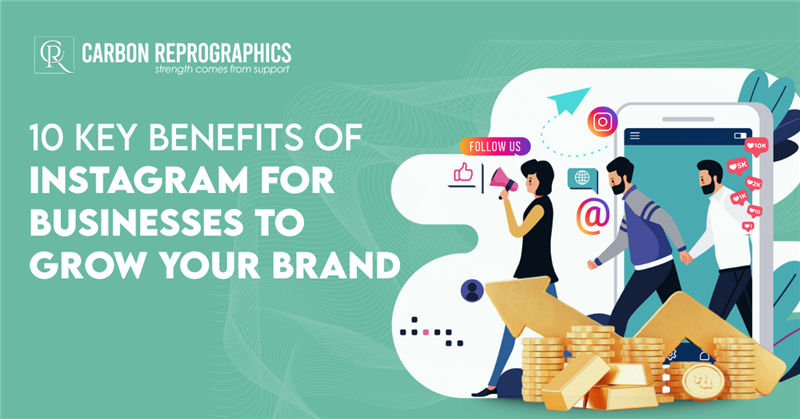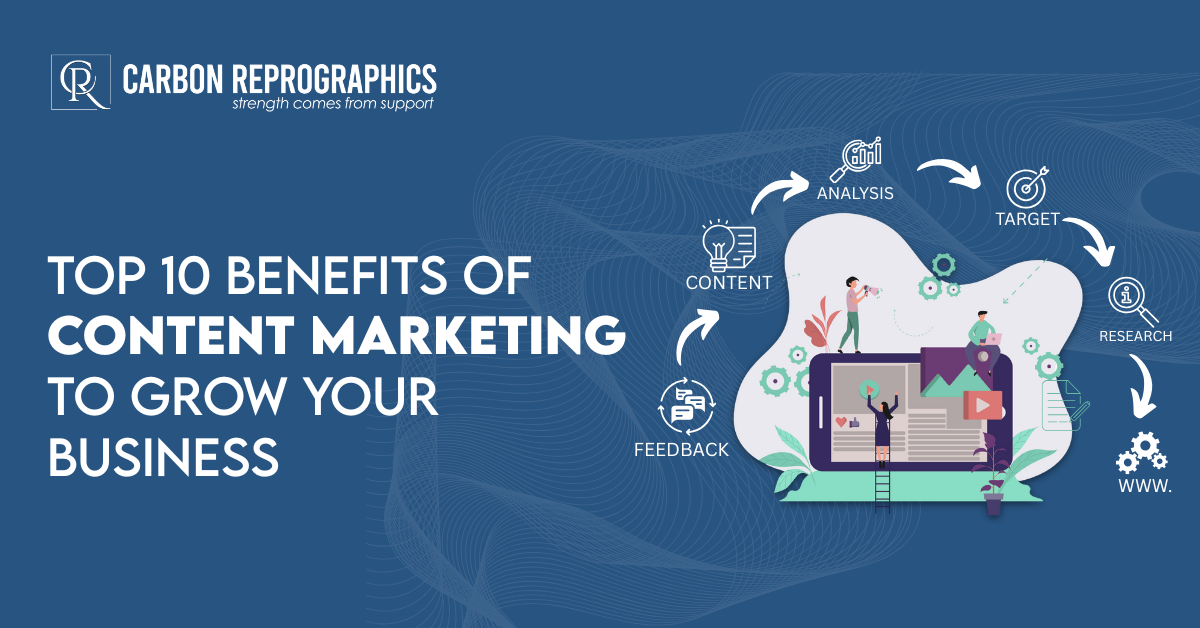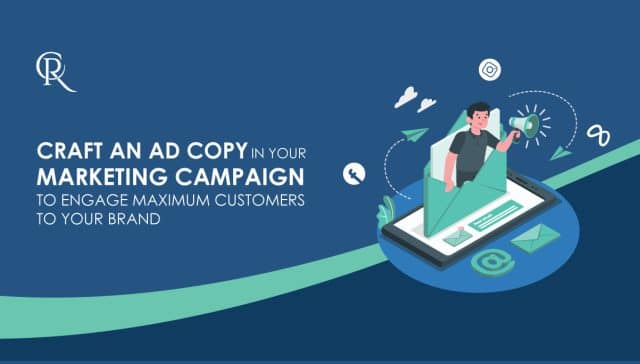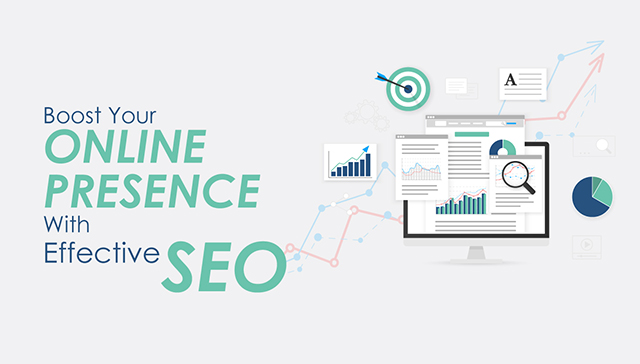
10 Tips for Reducing Cost Per Conversion in Ads
Contact Us
Trending Post


 10 Tips for Reducing Cost Per Conversion in Ads June 16, 2025
10 Tips for Reducing Cost Per Conversion in Ads June 16, 2025 Ultimate Guide To Writing Persuasive Ad Copy July 25, 2024
Ultimate Guide To Writing Persuasive Ad Copy July 25, 2024 10 Best Tips for Launching Your Online Business June 11, 2025
10 Best Tips for Launching Your Online Business June 11, 2025 What is SEO & How Can It Benefit Your Business? July 23, 2024
What is SEO & How Can It Benefit Your Business? July 23, 2024
In online advertising, each click earns a cost, so it is important to track them properly. And PPC (Pay-Per-Click) helps in reducing Cost Per Conversion. It is not only about reaching those who are already interested in what you offer and are doing it without spending too much.
Google Ads lets you target properly who sees your ads using search words, age and behavior. When you use the correct advertising copy and keywords, you are not reaching someone who is already searching for your product or service.
Such targeted advertisements give you better returns on your money than traditional advertisements. Also, the best part? You can improve your advertisements over time to get better results.
The main thing you need to see is your cost per conversion. This is the amount you spent to get a customer or lead. Knowing this number helps you get more results without spending more. We will explain what cost per conversion means and share 10 Tips for Reducing Cost Per Conversion.
What Is Cost Per Conversion?
When you use ppc services, you can see how many people clicked on your ad. But just getting clicks is not enough. You need to take action for people – such as filling, shopping, or calling your business. This is called conversion.
To track it, use something called conversion tracking. This shows you how many people really did something after clicking on your advertisement.
Here’s how to calculate your cost per conversion:
Total money spent ÷ Number of conversions = Cost per conversion
Let’s say you spent $55,925.96 on a campaign and got 871 leads. That means each lead costs around $64.21. Now, is that good or bad? It depends. If you’re selling something cheap like a $20 T-shirt, spending $64 for one sale means you’re losing money. But if you’re offering something expensive like home renovation services $64 for a lead is actually a great deal.
10 Smarter Ways for Reducing Cost Per Conversion
A successful PPC campaign is not only about getting clicks; it’s about ensuring that those clicks turn into customers. Whether you are in e-commerce or service-based industries the target is the same: maximize return on every dollar spent. Five strategic methods have been given to get a higher value from your advertising expenses while improving the performance over time:
1. Identify & Remove Underperforming Keywords
Not all keywords are created equal. You can dry your budget without giving any results. Instead of viewing conversions only, assess the click-to-conversion ratio for each keyword. For example, a keyword that has been brought from 10 clicks to 5 conversions is a goldmine. But one that has generated one conversion with 1000 clicks? This is likely to burn through your budget. Regularly review this data and remove keywords that do not give free resources for better opportunities.
2. Double Down on Top Performers
Dive into your Search Terms report to find out which questions are generating high-quality traffic. These long keywords are directly connected to your campaign helping you target more keywords at a lower cost per click. It can boost your ROI without increasing your expenses.
3. Set a Keyword Bid Budget
Instead of spending more money than your competitors, try to be smart with your strategies. Set a limit on how much you pay for each keyword. This helps you stay under control, especially when there is a lot of competition. In addition, by setting a smart bid limit, you will focus on the keywords that cost low, but still bring them to those who are ready to buy.
These keywords may not generate a high volume of traffic, but they are more likely to convert the clicks you have into customers. Choosing quality over quantity helps you achieve better results and spend less money over time.
4. Build a Stronger Ad Reputation
The quality score of an advertisement is similar to a credit score but it measures how your advertisement is presented. If your ads are helpful and match what people are looking for Google will reward you. Instead of just trying to get cheap clicks focus on creating advertisements that help people and address their needs.
5. Upgrade Your Quality Score
Even if it may not be the fastest or simplest task, this step is most important if you want to save money on your advertisements over time. This step is about something called Google quality score. This is a score that Google gives to your advertisements. This score indicates the relevance of your advertisement to those searching.
For example, if a person types “best running shoes” and your advertisement appears, then you will receive a better score. When your quality score is high, Google usually charges money every time your advertisement is shown. This means you can attract more visitors to your website without obtaining significant expenses. This is extremely important if you want to advertise without wasting your money.
6. Recognize Your Ad Copy
A great way to improve ppc is to change the words you use in your advertisement – it is called your advertisement copy. Try to attract your audience with short, fun and attention-grabbing advertising copy.
Think of words or phrases that will stop someone and think, “Hey, it looks interesting!”
Ensure that the advertisement also highlights what makes your business unique – this is known as your value proposition.
“Why should people care about what you are offering?” And give them a quick idea of how your business can solve their problem.
However, do not try to explain every small detail in the advertisement – there is not enough space, and it can be boring. Your primary goal should be to encourage people to click on the ad. Once they click, they will go to your landing page (a special page on your website), where you can tell them more.
7. Analyze Conversions by Time of Day
You can use special tools such as website analytics to identify where people are making a purchase. This will track how long visitors stay and buy something. For example, if most people visit your site during the afternoon and make a purchase around 3 pm, it is a good time to run your advertisements. However, if no one buys anything at 2 pm, you can waste money by showing advertisements during that time. Then you can stop or reduce your advertisements at night to save money.
If your business sells to people in different countries, then night and day can be elsewhere. If your website is always open 24/7 then your advertisements may need to be run throughout the day. Just make sure to check where your visitors come from before stopping anything.
8. Use Negative Keywords to Refine Targeting
Negative keywords are your secret weapons to prevent wasteful expenses. They explain that your campaign does not target – completing irrelevant discoveries that are unlikely to have an impact. For example, if you sell premium men’s shoes, you may want to exclude words like “cheap,” “women,” or unrelated brand names.
This laser focus ensures that you reach users with the right intentions and improve your traffic quality from the beginning.
9. Align Landing Pages with Intent
A great advertisement is meaningless if the landing page fails to meet the user’s expectations. Each click should be directed to a page that aligns with the advertisement message and the visitor’s search intention.
If someone click on an advertisement for “Blue Running Shoes”, do not send them to your homepage – take them to the product page or category page for blue running shoes.
Your landing pages should offer clear messages, rapid load time and a compelling call that guides users to convert.
10. Invest in Email Marketing
Email marketing refers to sending relevant messages to individuals via email. This is a cost-effective way to stay in touch with potential customers who may purchase from you later. If someone signs up for your email list they are likely interested but may not be ready to make a purchase yet.
By sending them helpful suggestions, news or discounts, you can remind them about your business. Over time it helps to convert them into customers who pay them. This is an easy and smart way to increase your sales.
Ready to Get More From Your PPC Budget?
If you aim to reducing cost per conversion and get more meaningful results than your PPC campaigns, you are not alone, and we are here to help. We do not just advertise- we create data-supported strategies to suit your business goals. We provide Top PPC services that help you Get More from your PPC Budget. Work together to convert your advertising expenses into real growth. Reach out to date and find out how we can help you get more efficient PPC results.
Conclusion
In conclusion, it’s not difficult to bring your cost to conversion. With the right steps, you can get results without spending more on your advertisements. By using the Tips for Reducing Cost Per Conversion in this article, you can get more customers.
The goal is not only to get clicks. You want those clicks to turn into real results, such as sales or leads. With tools like Google Ads, conversion tracking and quality scores, you can refine your ads. Start with small changes, test what works and keep going. If you need any help, Carbon Repropics is ready to help you. We focus on smart PPC strategies that bring real results.





